Is React Native Cost-Efficient for Startups?

Bibidi Bubidi Boo! Your app works everywhere, your users love it, and you still have your savings left. Sounds like magic, right? Well, it’s not fairy dust — it’s React Native apps doing their thing.
If you’re a startup wondering how do a cost-efficient app development, and charm users on both iOS and Android, React Native might just be your secret spell. But don’t worry, we’re not here to sell you a potion without the fine print. Let’s break down why this tech wizardry could be the smartest move for your budget—and when to call in reinforcements.
Ready for some magic?
Come on, hop on the Hooman carpet—let’s fly through why React Native could be your startup’s magic ride!
React Native Explained Simply
React Native lets you build for iOS and Android with one codebase. Easy peasy lemon squeezy!! That’s a huge time saver. React Native projects let you avoid building two separate apps from scratch, which means less work and less money spent upfront.
Why React Native? Because it uses JavaScript, a language that tons of developers already know. This means your team can move faster without learning a whole new system. Plus, React Native talks to native mobile parts directly, so your app still looks and feels smooth.
For startups, that’s smart math: get a solid app live quicker, keep costs low, and focus your budget where it really counts — like growth and marketing. But is it always the best fit? Let’s dig deeper…
Why React Native Is a Startup’s Budget Hero?
If you’re a startup, you’ve probably got more ideas than cash. That’s where React Native comes in clutch. It helps you build faster, spend less, and launch on both iOS and Android—without doubling your dev bill.
Here’s why it’s a solid move:
Component-Based Development
React Native’s modular design enables reusable components, reducing redundant work and accelerating feature rollout.
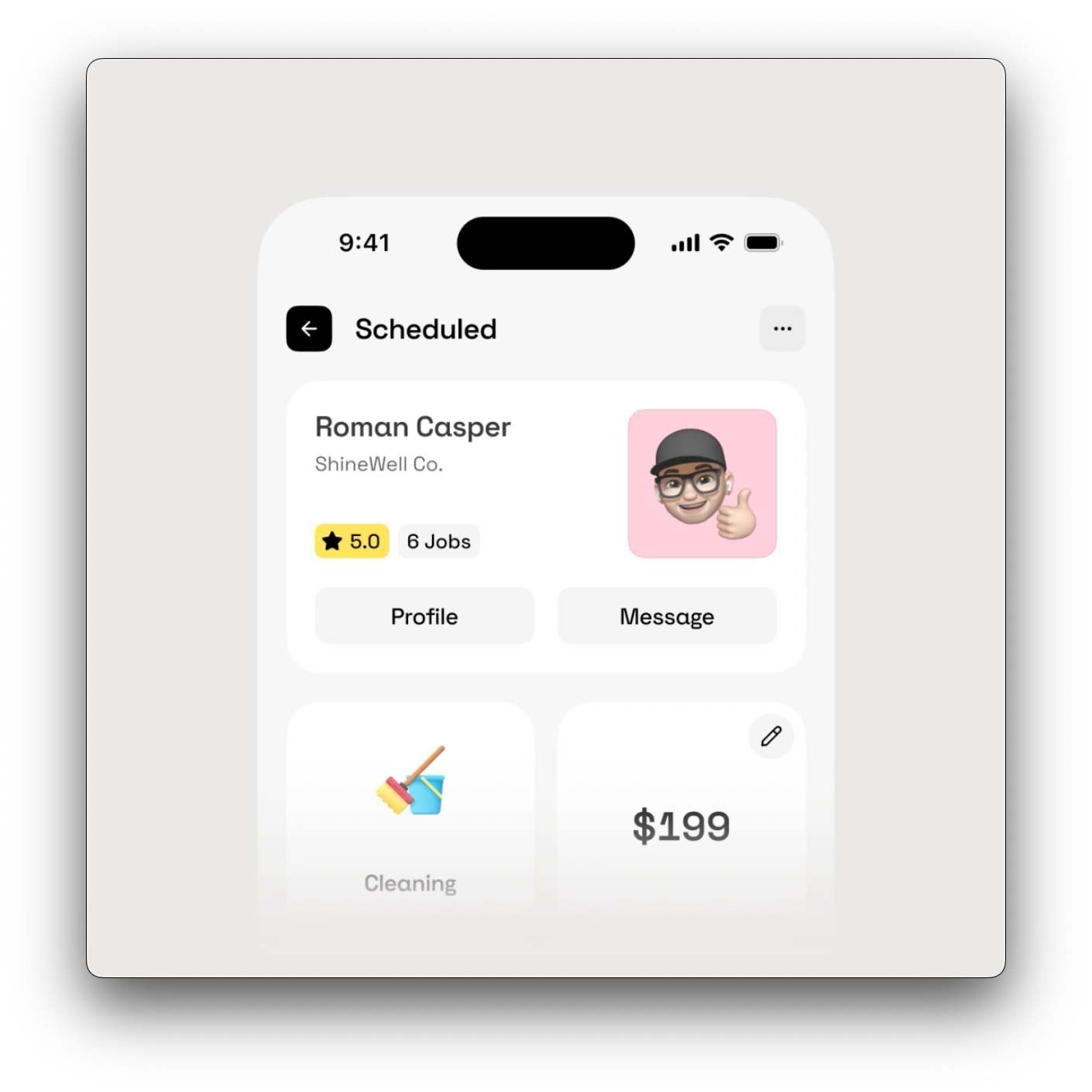
Access to a Large Talent Pool
Leveraging JavaScript means faster hiring cycles and competitive rates, avoiding the premium costs of niche native developers.
Streamlined Update Process
Over-the-air updates bypass traditional app store delays, enabling rapid bug fixes and feature deployments without interrupting user experience.
Unified Testing Across Platforms
A shared codebase significantly reduces QA effort and mitigates platform-specific bugs, resulting in more reliable releases.
Extensive Pre-Built Libraries
Integration with mature tools for payments, authentication, and messaging allows your team to focus on differentiating your product.
Lean Cross-Platform Teams
Unified development reduces headcount needs, optimizing resource allocation without compromising quality.
Scalable and Flexible Architecture
When necessary, React Native accommodates native modules, ensuring your product can evolve with complex or performance-critical features.
In summary, React Native for startups is more than a cost-cutting choice—it’s a strategic platform that balances development speed, quality, and scalability, enabling startups to allocate resources where they matter most.
Now, let’s talk about the react native rivals…
React Native vs. Flutter vs. Native
Imagine you’re at a buffet of mobile frameworks. You want tasty, affordable, and quick to serve. Here’s how React Native stacks up against the competition:
React Native (Hybrid App) vs Native (Swift/Kotlin)
Cost
Native means two codebases. That’s double the dev time and cash. A react native hybrid app lets you write once and run on iOS and Android. Big savings.
Speed
Hot reload in RN means instant feedback. Swift and Kotlin need full rebuilds. That’s slower evenings for your devs.
Talent
JavaScript is everywhere. Swift and Kotlin experts are rarer (and pricier).
React Native vs Flutter
Ecosystem
Flutter’s awesome UI toolkit shines for custom animations. But RN has a bigger library pool—think maps, payments, chat—all ready to plug in.
Learning
Dart is neat but new. JavaScript feels familiar. Less ramp-up time for your team.
Performance
Flutter’s engine can be smoother for graphics-heavy apps. RN holds its own for most business apps—especially apps using React Native like Instagram or Skype.
React Native vs Kotlin Multiplatform
Code Sharing
Kotlin multiplatform shares business logic well, but still needs UI per platform. RN shares nearly everything.
Community
RN’s been around since 2015. Kotlin multiplatform is fresh, evolving, and growing.
React Native wins when you want cost-efficient app development, fast delivery, and wide talent access. It isn’t perfect for super high-performance games or ultra-custom UI, but it nails most startup needs. It lets you focus your budget on growth—marketing, user research, or maybe a bigger office with better lighting.
Is RN Made by Gods? What are the Disadvantages?
React Native looks super affordable and tempting for startups, especially when you want to build apps fast without breaking the bank. But hold on—it's not all sunshine and rainbows. While React Native development lets you share code between iOS and Android, it doesn’t mean zero headaches. You’ll still run into quirks like weird bugs or device-specific issues that only native developers can fix. So, if you don’t have some native know-how on your team, things might get tricky.
Plus, React Native isn’t lightning fast for heavy apps or those needing killer performance. Its memory management can be a bit... meh. And some new phone features take a while to get supported. Oh, and yes, it depends a lot on Facebook’s support, which can feel a bit risky long-term.
So yeah, React Native shines, and for those trickier, more demanding projects?
Well, that’s where things get interesting. Around here at Hooman Studio, we’ve seen all the bumps and quirks React Native can throw at you. We know how to navigate those challenges and help steer things so you get the most bang for your buck.
It’s not just about picking a tool—it’s about finding the right fit for your goals and budget. And that’s exactly what we keep in mind when working with our clients—making sure every dollar counts without losing sight of what the app really needs.
Is React Native Right for Your Startup?
React Native shines when you need to move fast, stay lean, and launch something people can actually use—on both iOS and Android. It’s a go-to for MVPs, marketplaces, eCommerce apps, social media tools, internal dashboards, booking systems, and anything that needs to look good, work smoothly, and not eat your entire dev budget.
It’s perfect for:
- Early-stage MVPs (so you can test ideas without going broke)
- Shopping and eCommerce apps (yes, with carts and payments)
- Chat and social platforms (DMs, feeds, likes—the works)
- Booking, events, and service apps (make, cancel, repeat)
- Operational tools for staff and teams (custom UI, real-time updates)
Say you’re launching a new marketplace app. React Native lets you build your cart, user profiles, and payment flows once — and launch on iOS and Android simultaneously. This can cut your dev time by 40% compared to native builds.


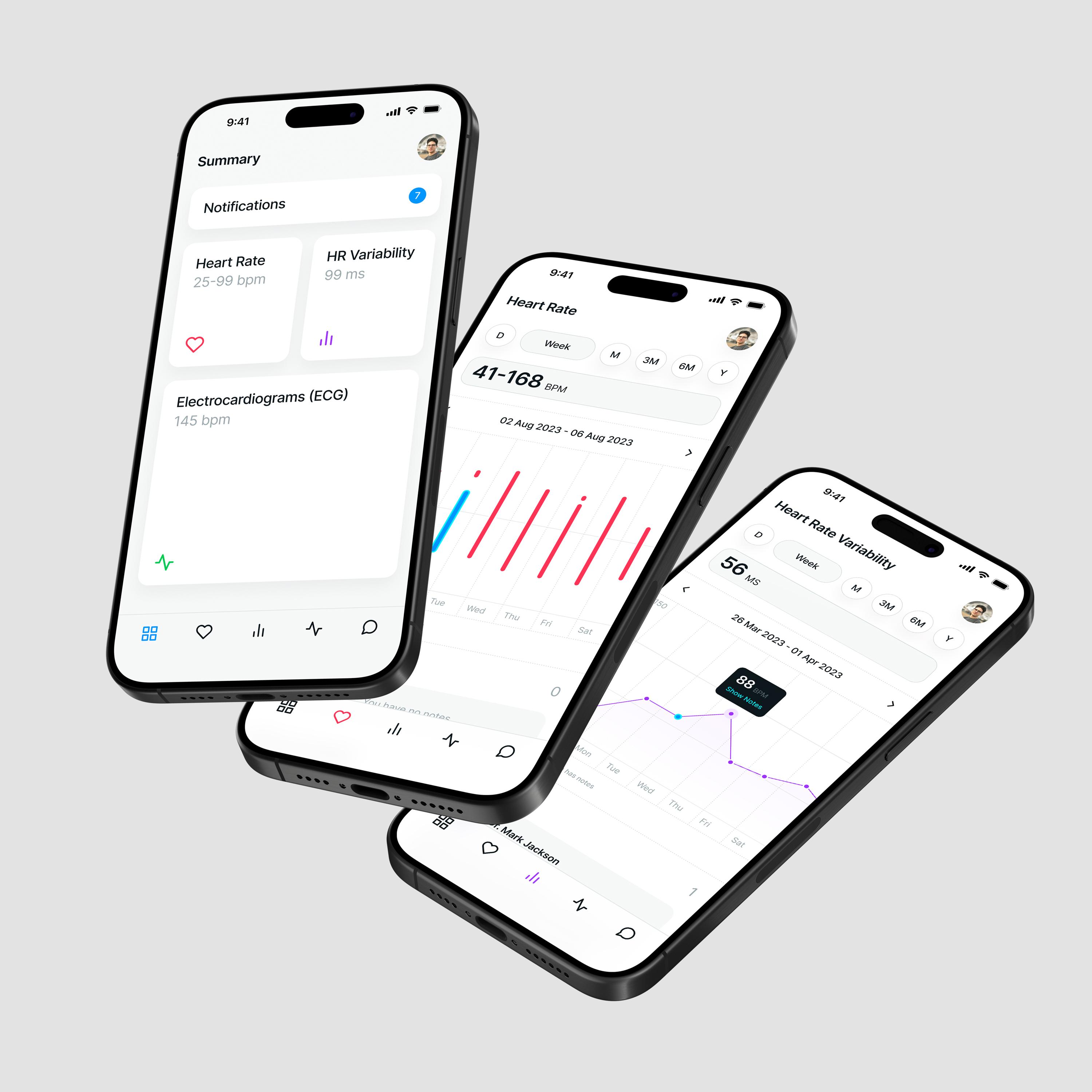
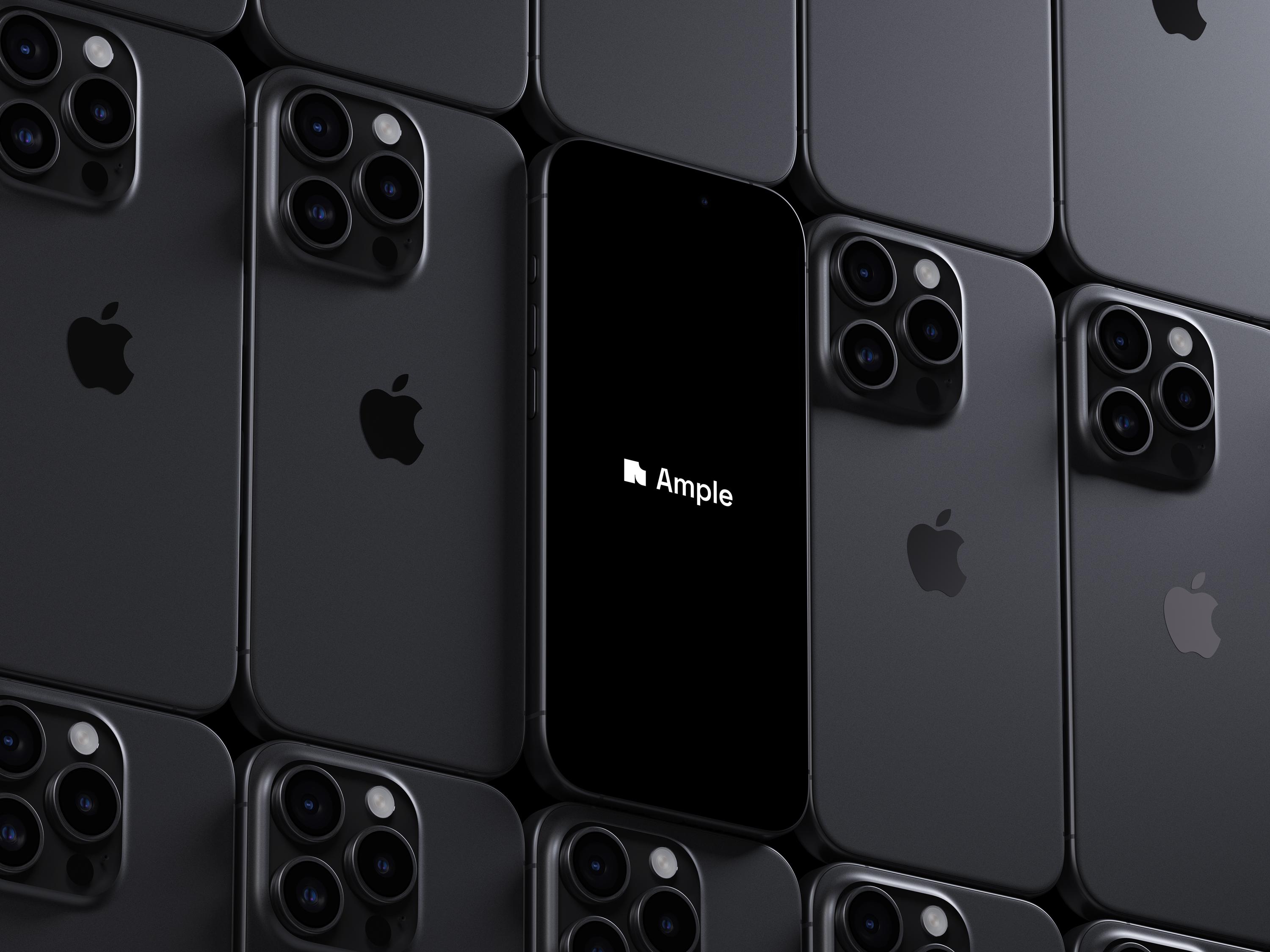

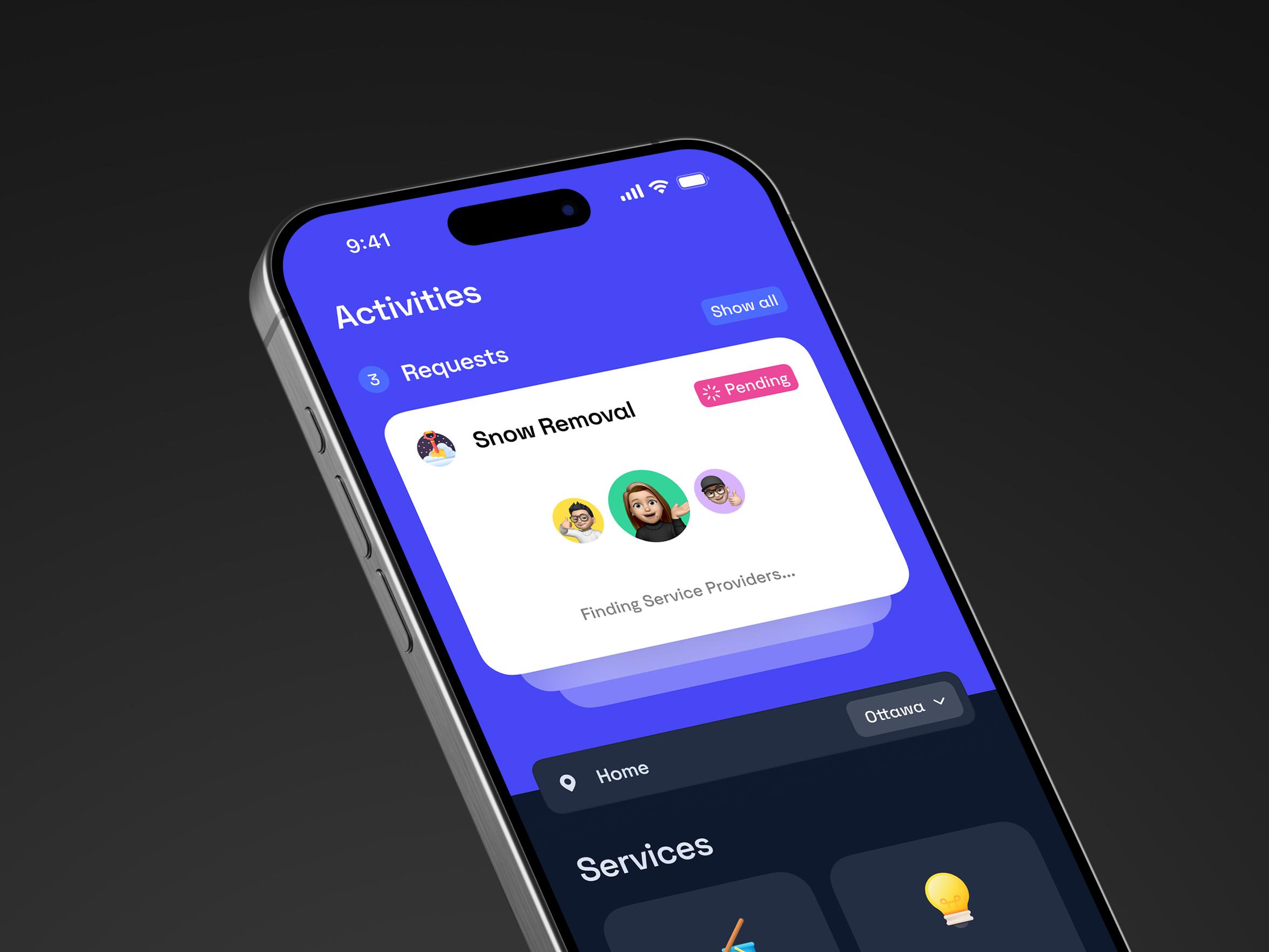

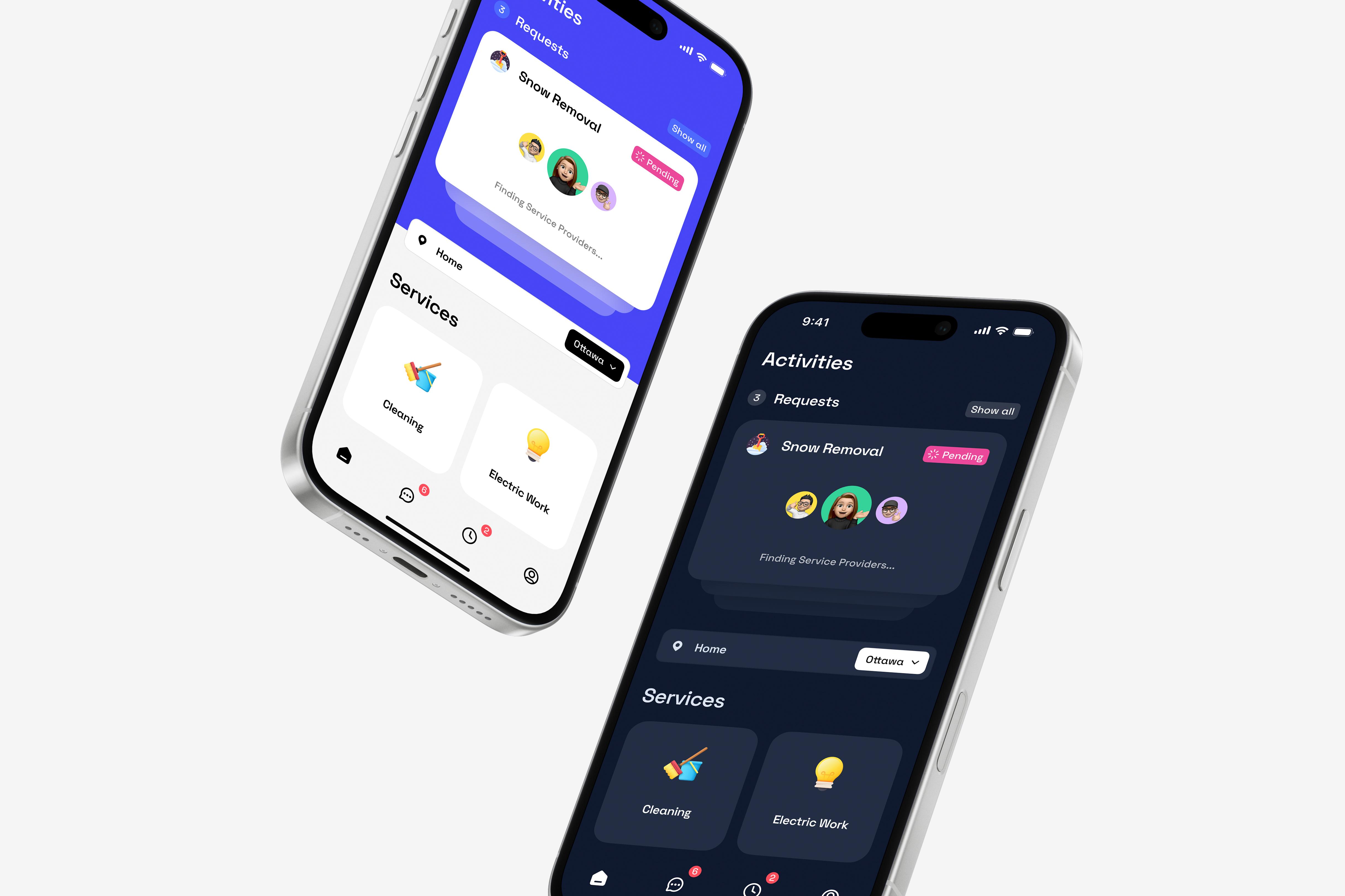
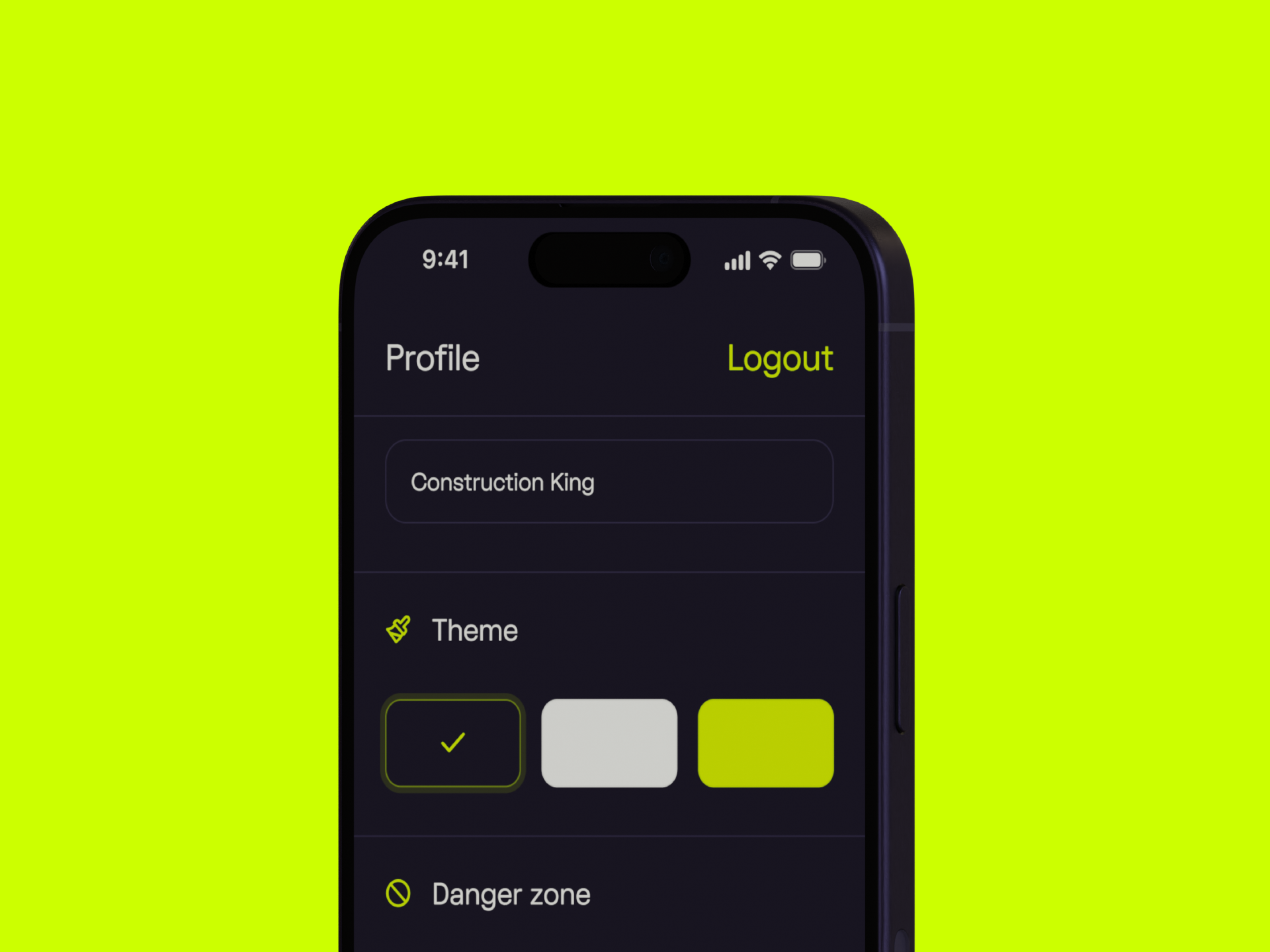
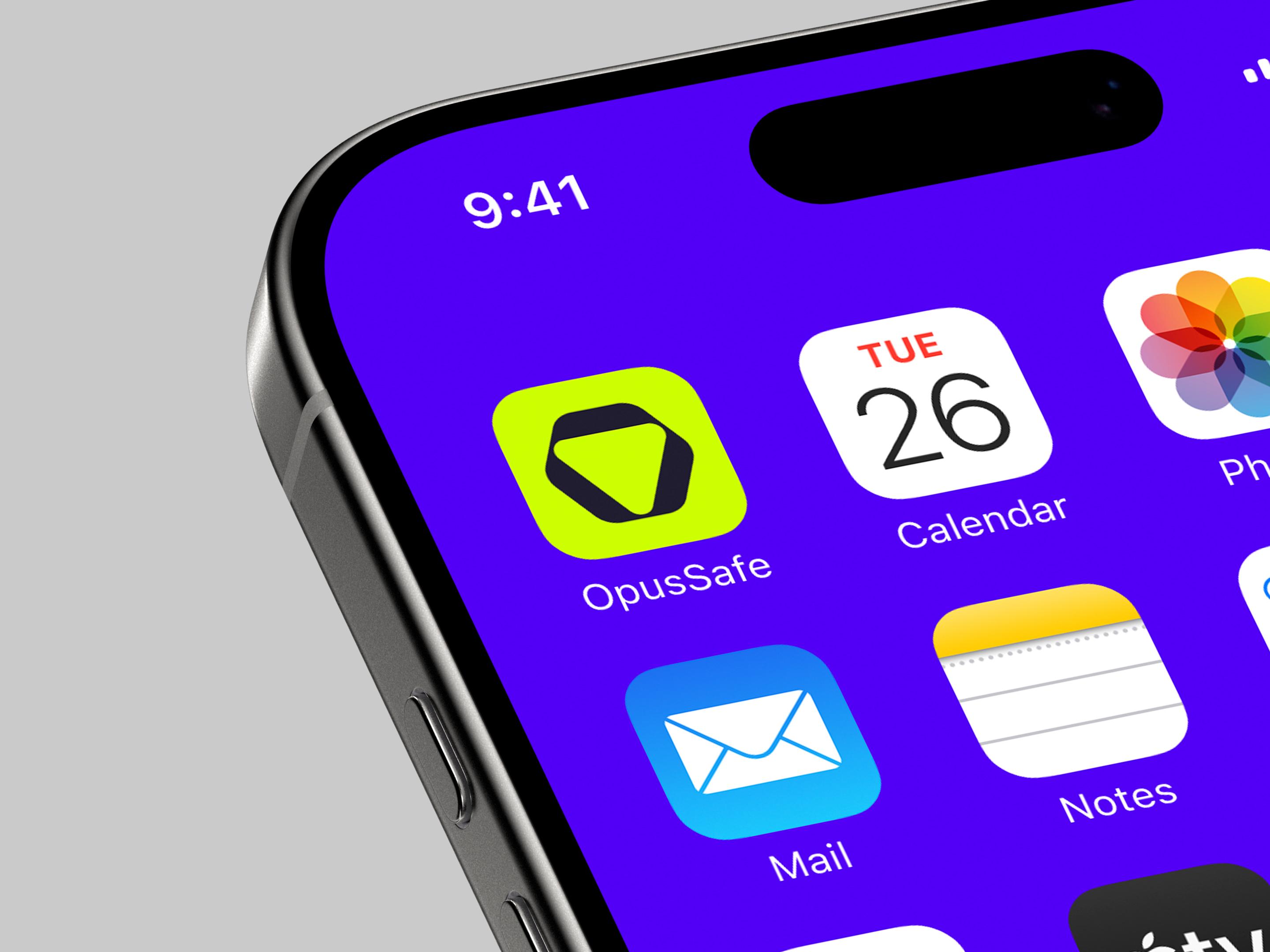
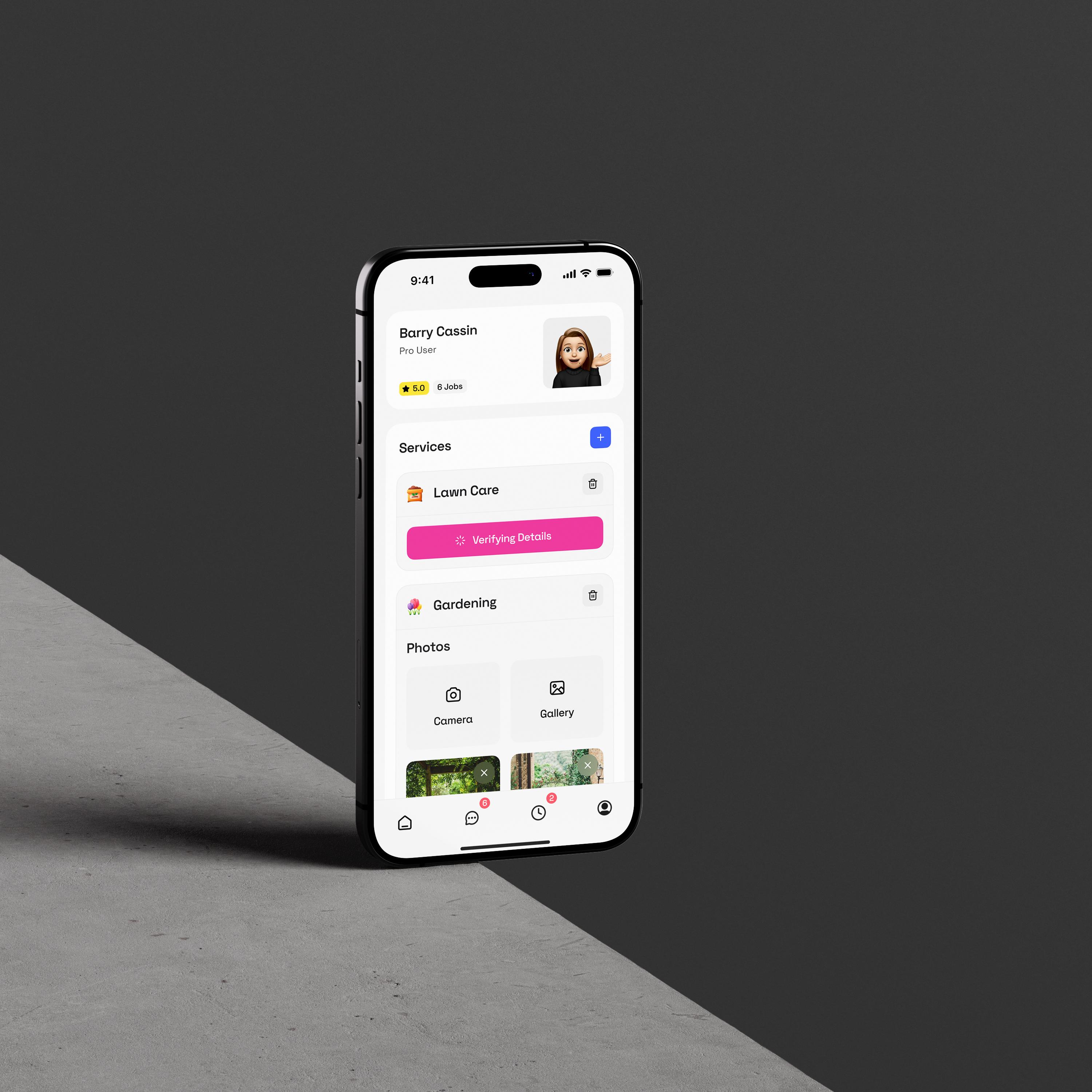
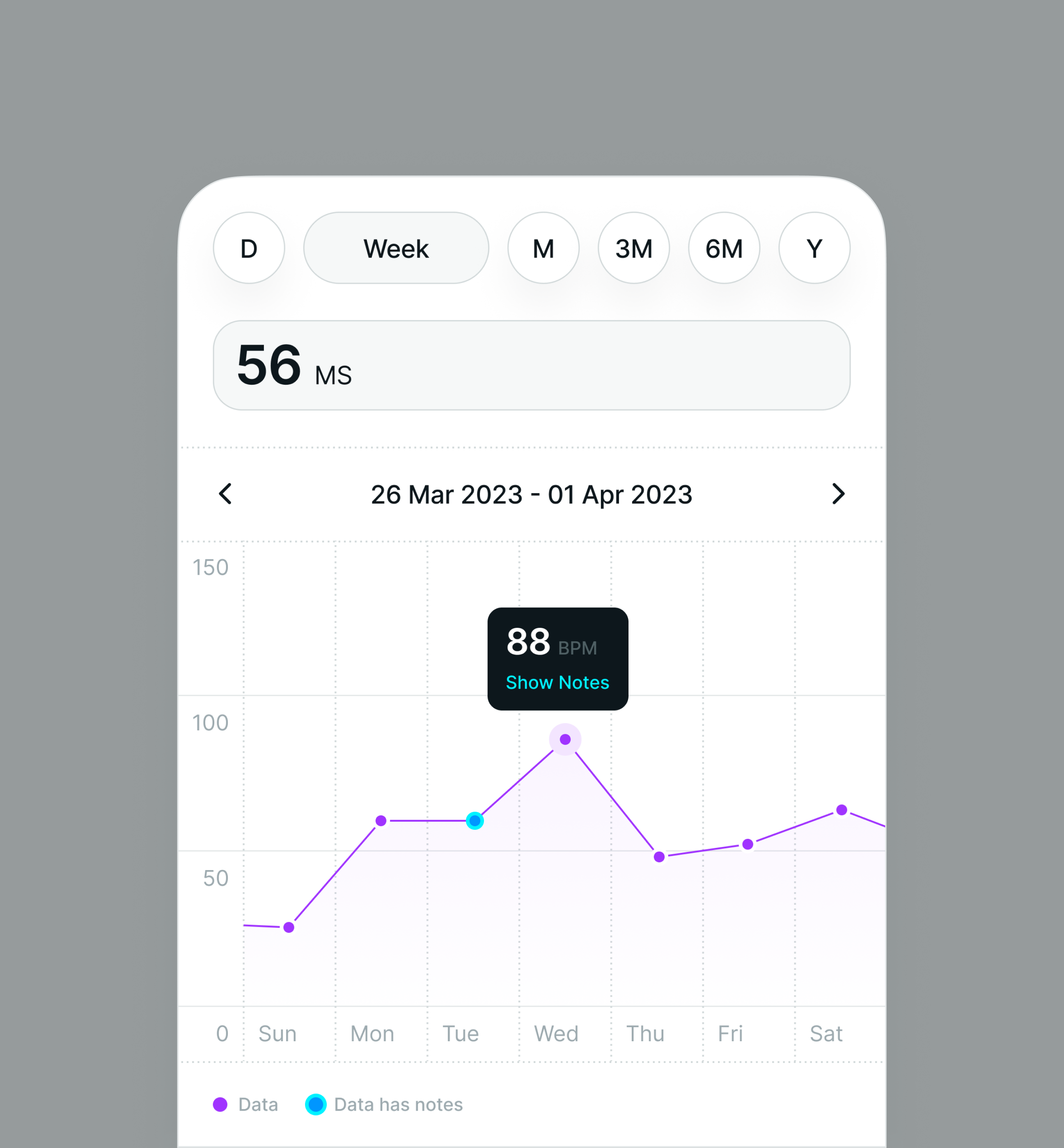
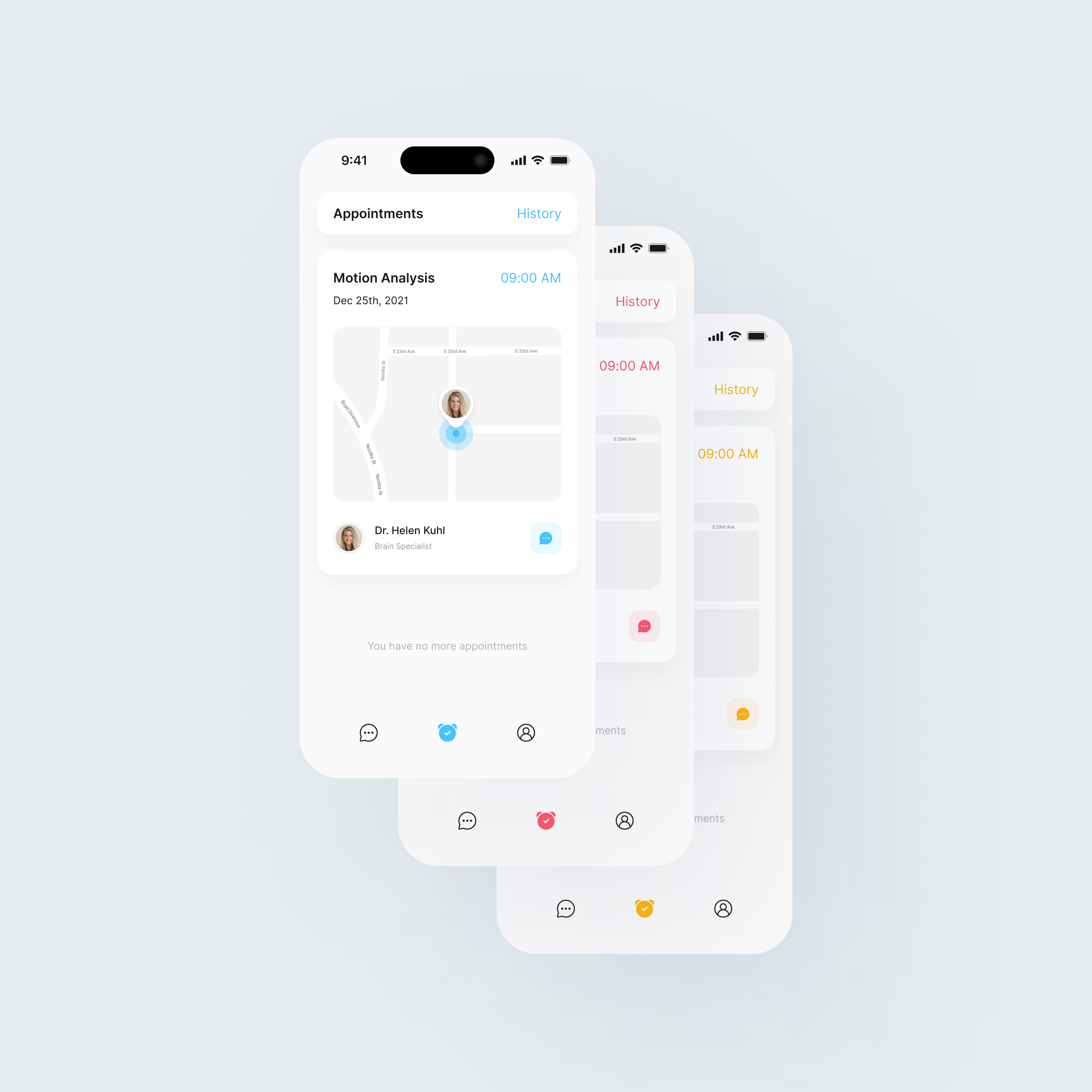
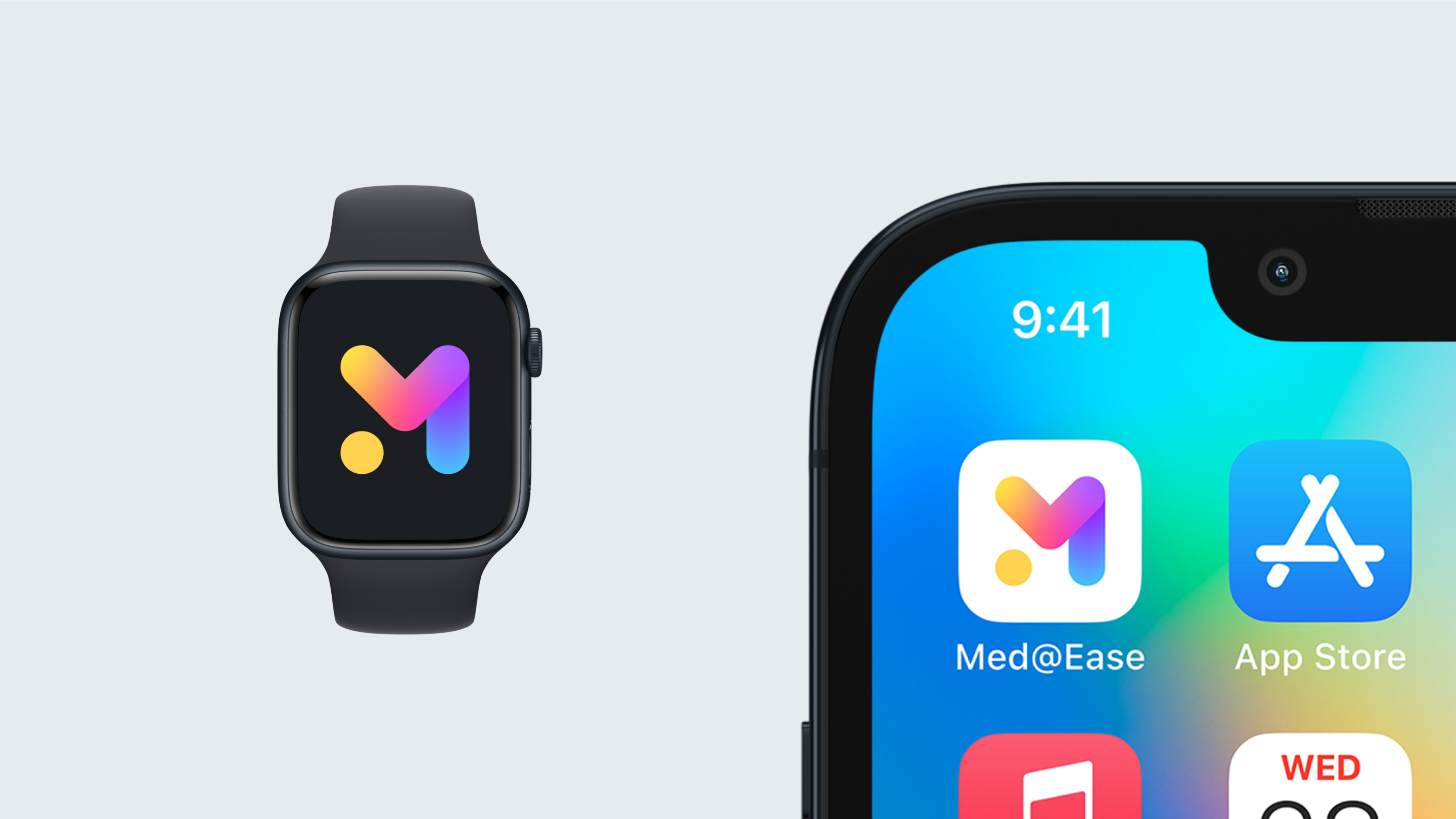

Big names? Oh yeah. React Native powers parts of Instagram, Walmart, Shopify, Discord, Coinbase, and Bloomberg.
So whether you’re launching your first product or building a new growth engine, React Native Android apps are the no-drama, high-impact way to do more with less.
Real React Native Costs for Startups: Smart Budgeting, Hidden Fees, and True TCO
Treat your React Native budget like a product, not a bill. Break costs into three buckets: initial build, recurring ownership, and surprises. Initial build covers UX polish, core flows, backend endpoints, and essential integrations. Recurring ownership covers monitoring, dependency updates, analytics, security patches, third-party subscriptions, support, and incremental feature work. Surprises are the real budget killers: unexpected SDK churn, region-specific compliance, and scale-driven service fees.
Practical rules of thumb for planning: allocate 20–30% of your initial build budget for integrations and platform tuning; plan 15–25% annually for maintenance and iterative improvements; keep a 10% contingency for urgent fixes or third-party churn.
Watch three traps:
Rapidly scaling service fees, accumulating technical debt that forces refactors, and underestimating product management and QA time.
Turn TCO into a simple spreadsheet with one-time, annual, and three-year totals and a row for opportunity cost. Use that sheet to trade scope for runway, not quality, and to make clearer decisions about hiring, third-party services, and when to invest in deeper engineering. Review it quarterly and tie budgets to metrics like retention and CAC. Today.
Should You Choose React Native?
The real answer depends on your unique goals, timeline, and priorities. React Native offers a powerful balance of speed, cost-efficiency, and cross-platform reach that many startups—and even industry leaders—trust to bring their apps to life. But no single solution fits every challenge perfectly.
If you want to move fast, keep your team lean, and deliver great user experiences across devices without blowing your budget, React Native should definitely be on your shortlist. And if you need expert guidance to decide what’s best for your project and how to avoid common pitfalls, that’s exactly where we come in.
Ready to make the smartest choice for your app? Let’s talk. We help startups cut through the noise and build apps that not only launch fast but also scale smoothly and delight users from day one.
Cheers to building apps that rock without breaking the bank!